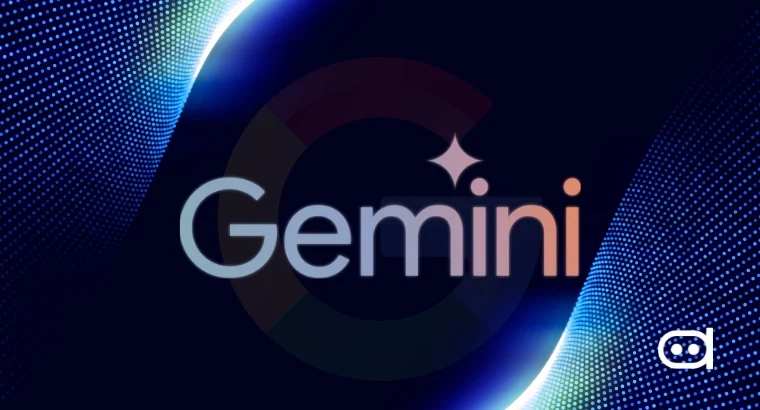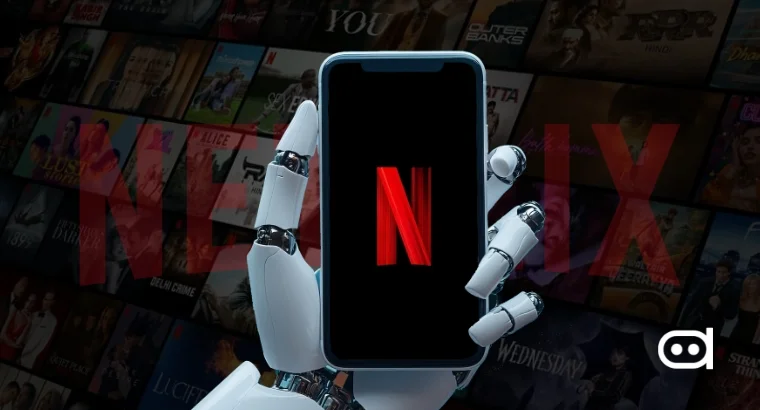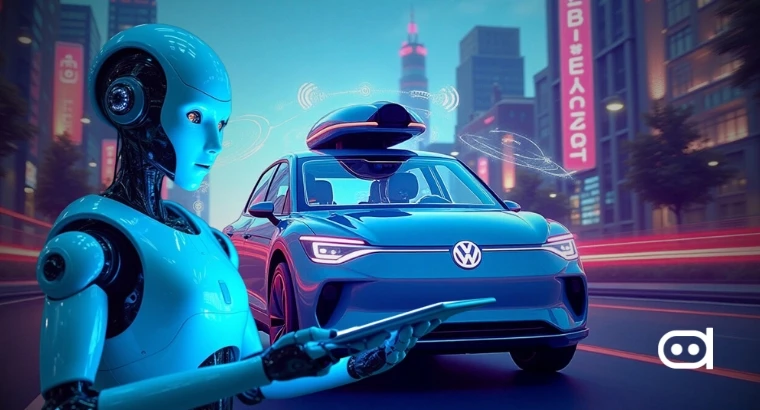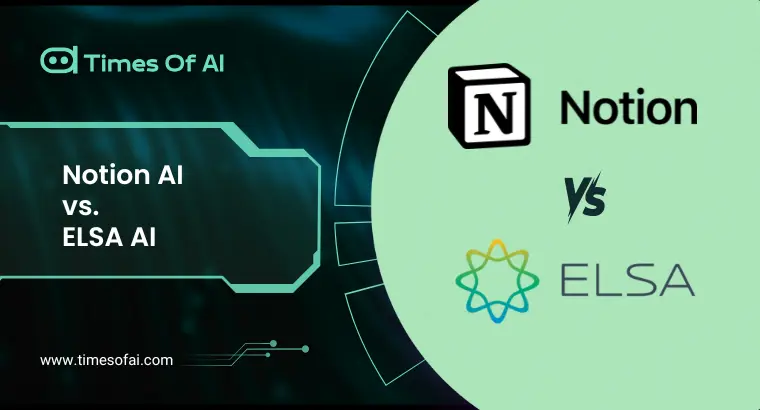
The tech giant, Google’s latest artificial intelligence version, Gemini 2.0, falls into the fresh controversy for all the wrong reasons. Social media users have questioned a contentious capability of the latest AI model; its proficiency in removing watermarks from images, including those owned by prestigious stock media firms such as Getty Images.
According to critics, the Gemini 2.0 Flash model lacks strict safeguards, enabling it to erase watermarks and generate images of renowned public figures and copyrighted animated characters with alarming ease.
For instance, netizens have shared AI-based images of billionaire entrepreneur Elon Musk, as well as the widely recognized Pokemon character, Pikachu.
Currently, this watermark removal feature is classified as ‘experimental’ and ‘not for production use.’ It is confirmed by Google’s developer-oriented platforms, such as AI Studio. While highly proficient at eliminating visible marks and seamlessly filling the void left behind, Gemini 2.0 struggles with semi-transparent watermarks and those spread across large sections of an image.
By contrast, rival models, including Anthropic’s Claude 3.7 Sonnet and OpenAI’s GPT-4o, completely reject watermark removal requests. Claude even labels the act as “unethical and potentially illegal.”
Interestingly, this issue links back to a debate in the AI industry. Last June, PicsArt partnered with Getty Images to create copyright-free AI-based visuals. This partnership ensured that PicsArt’s AI was trained using legally licensed stock images.
Legal Complexities for Google
From a legal standpoint, U.S. copyright laws explicitly prohibit the removal of watermarks without the consent of the rights holder, barring exceptional cases. Meanwhile, the European Union’s AI Act mandates that AI-based content must be identifiable as artificial and presented in a machine-readable format, according to Article 50.
Across the globe, China has implemented strict AI content identification measures. Regulations dictate that AI-generated files must carry both human and machine-readable labels. It ensures transparency for users. Analysts suggest that Chinese policymakers drew substantial inspiration from the EU’s regulatory framework, widely regarded as one of the most comprehensive AI governance structures to date.
Source: https://techcrunch.com/2025/03/16/people-are-using-googles-new-ai-model-to-remove-watermarks-from-images/
Latest Stories:





